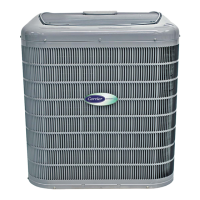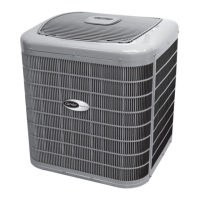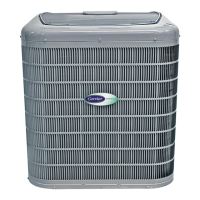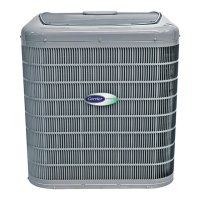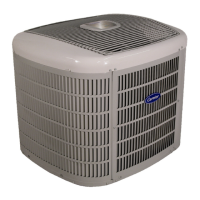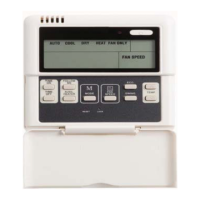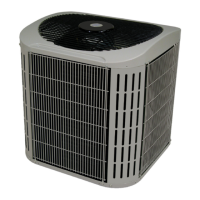Table2- Refrigerant Connections and Recommended Liquid
and Vapor Tube Diameters (In.)
UNIT SIZE
724
124
736,136
748,148
760,160
LIQUID
Connection
&Max. Tube
Diameter
3/8
3/8
3/8
3/8
3/8
RATED VAPOR*
Connection Tube
Diameter Diameter
3/4 3/4
7/8 7/8
7/8 7/8
7/8 1- 1/8
7/8 1- 1/8
Units are rated with 25 ft. (7.6 m) of lineset. See Product Data sheet for
performance data when using different size and length linesets.
Notes:
1. Do not apply capillary tube or fixed orifice indoor coils to these units.
2. For Tubing Set lengths between 80 and 200 ft. (24.38 and 60.96 m)
horizontal or 35 ft. (10.7 m) vertical differential 250 ft. (76.2 m) Total
Equivalent Length), refer to the Residential Piping and Longline Guide
line- Air Conditioners and Heat Pumps using Puron refrigerant.
3. For alternate liquid line options on 18-42 size units, see Product Data or
Residential Piping and Application Guideline
Install Liquid-Line Filter Drier Indoor
[]NIT DAMAGE HAZARD
Failure to follow this caution may result in equipment
damage or improper operation.
1. Installation of filter drier in liquid line is required.
2. Filter drier nmst be wrapped in a heat-sinking material
such as a wet cloth while brazing.
Refer to Fig. 4 and install filter drier as follows:
1. Braze 5-in. liquid tube to the indoor coil.
2. Wrap filter drier with damp cloth.
3. Braze filter drier to above 5-in. (127 ram) liquid tube.
Flow arrow must point towards indoor coil.
4. Connect and braze liquid refrigerant tube to the filter drier.
Deep Vacuum Method
The deep vacuum method requires a vacuum pump capable of
pulling a vacuum of 500 nficrons and a vacuum gage capable of
accurately measuring this vacuum depth. The deep vacuum method
is the most positive way of assuring a system is free of air and
liquid water. A tight dry system will hold a vacuum of 1000
nficrons after approximately 7 nfinutes. See Fig. 5.
VACUUM TIGHT
TOO WET
TIGHT
DRY SYSTEM
0 1 2 3 4 5 6 7
MINUTES
Fig. 5 - Deep Vacuum Graph
A95424
Final Tubing Check
IMPORTANT: Check to be certain factory tubing on both indoor
and outdoor unit has not shifted during shipment. Ensure tubes are
not rubbing against each other or any sheet metal or wires. Pay
close attention to feeder tubes, making sure wire ties on feeder
tubes are secure and tight.
Make Electrical Connections
Be sure field wiring complies with local and national fire, safety,
and electrical codes, and voltage to system is within linfits shown
on unit rating plate. Contact local power company for correction of
improper voltage. See unit rating plate for recommended circuit
protection device.
NOTE: Operation of unit on improper line voltage constitutes
abuse and could affect unit reliability. See unit rating plate. Do not
install unit in system where voltage may fluctuate above or below
pernfissible linfits.
NOTE: Use copper wire only between disconnect switch and unit.
NOTE: Install branch circuit disconnect of adequate size per NEC
to handle unit starting current. Locate disconnect within sight from
and readily accessible from unit, per Section 440-14 of NEC.
Route Ground and Power Wires
Remove access panel to gain access to unit wiring. Extend wires
from disconnect through power wiring hole provided and into unit
control box.
A05178
Fig. 4 - Liquid Line Filter Drier
Evacuate Refrigerant Tubing and Indoor Coil
[]NIT DAMAGE HAZARD
Failure to follow this caution may result in equipment
damage or improper operation.
Never use the system compressor as a vacuum pump.
Refrigerant tubes and indoor coil should be evacuated using the
recommended deep vacuum method of 500 nficrons. The alternate
triple evacuation method may be used (see triple evacuation
procedure in service manual). Always break a vacuum with dry
nitrogen.
ELECTRICAL SHOCK HAZARD
Failure to follow this warning could result in personal injury or
death.
The unit cabinet must have an uninterrupted or unbroken
ground to nfininfize personal injury if an electrical fault should
occur. The ground may consist of electrical wire or metal
conduit when installed in accordance with existing electrical
codes.

